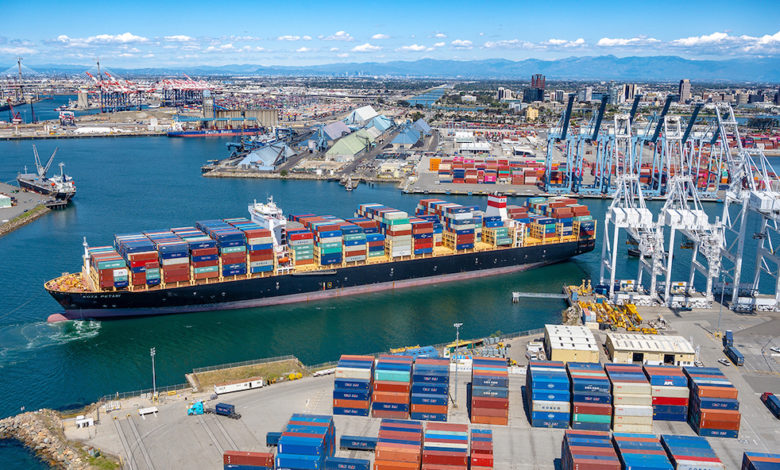US west coast faces up to box exodus

Threats to the supply chain are seeing shippers ditch the US west coast. Canadian software provider Descartes has counted that more than 1m teu of US container imports have shifted from the west coast annually since 2019, with the biggest beneficiary being Gulf coast ports.
The types of commodities that experienced the greatest growth in the Gulf ports include electronics, furniture, and machinery, which are typically associated with Asian manufacturers.
The standoff between the unions and the employees on the US west coast is keeping supply chain leaders on their toes.
The two parties have yet to come to any pay agreement despite the fact that the last contract between the International Longshore and Warehouse Union (ILWU) and the Pacific Maritime Association (PMA) ran out on July 1.
“Shifts in container import volumes from west coast ports are top of mind again with the protracted ILWU-PMA contract negotiations,” said Chris Jones, an executive vice president at Descartes.
Descartes analysed US container import volumes in the first three months of 2019 compared to the first three months of 2023 for insights into the shift away from the west coast ports.
“Changing trade lanes is not a trivial activity; however, the degree of volume shift that occurred in a short time frame during the pandemic is a testament to the ingenuity of logistics professionals. As many factors, such as the pandemic and ILWU contract negotiations run their course, and improvements to ports and infrastructure reduce congestion, it will be interesting to see how much volume returns to the West Coast ports or remains elsewhere,” a report from Descartes noted.
Lars Jensen, who heads up container consultancy Vespucci Maritime, said the port disruption seen at Long Beach and Los Angeles earlier this month where many workers did not turn up to work around Easter time was like “a train wreck in slow motion”.
“Ever since the old contract failed to get renewed in the middle of 2022, the spectre of labour disruptions on the US west coast has been a constant risk factor. A risk which has kept some US importers from shiftings parts of their supply chain back from the east coast to the west coast even though the pandemic-induced issues had been largely resolved,” Jensen wrote in a post on LinkedIn.

